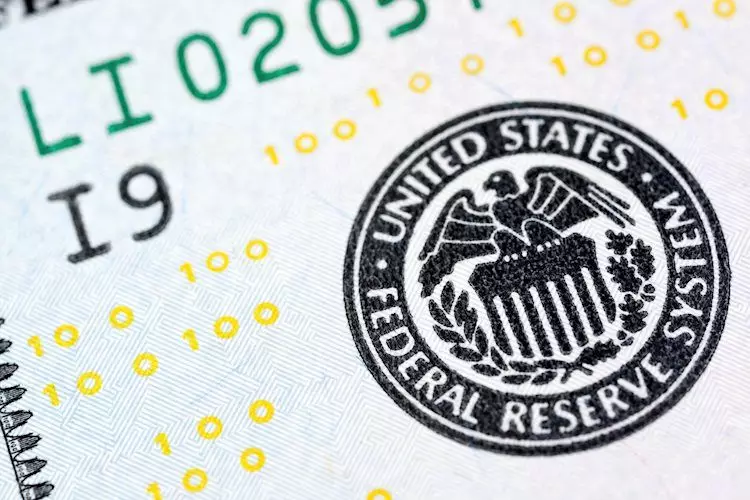Jeffrey Schmid, from the Federal Reserve Bank of Kansas City, emphasized the importance of lowering monetary policy if inflation continues to come in low. This adjustment is deemed necessary in order to maintain economic stability and ensure that the dual mandate of the Fed is met. The current stance of Fed policy was described as ‘not that restrictive,’ indicating a willingness to adapt to changing economic conditions.
Impact of Financial Conditions
While financial conditions can have a significant impact on the real economy, the Federal Reserve must remain focused on its dual mandate of achieving price stability and fostering full employment. It was noted that there has been a ‘noticeable cooling’ of the labor market, which is seen as a necessary condition for easing inflation. However, it was also mentioned that the overall labor market still appears healthy, despite the cooling trend.
Schmid expressed confidence that inflation is on a path towards the 2% target, citing recent ‘encouraging’ inflation data. It was advised that when analyzing price data, it is important to look for the worst-case scenario rather than the best, as price data can be volatile. The Fed is close to reaching its inflation goal, but Schmid acknowledged that they are ‘still not quite there.’
The path of Federal Reserve policy will be determined by the strength of the economy and the data available. It was emphasized that it would be premature to assume any particular path or endpoint for the policy rate. The US Dollar Index (DXY) was reported to be trading higher on the day, reflecting the impact of monetary policy decisions on the currency.
The Federal Reserve plays a crucial role in shaping monetary policy in the United States. With its dual mandates of achieving price stability and fostering full employment, the Fed uses interest rates as its primary tool to influence economic conditions. By adjusting interest rates, the Fed aims to control inflation and unemployment rates, which in turn affect the value of the US Dollar.
The Federal Reserve holds regular policy meetings where the Federal Open Market Committee (FOMC) assesses economic conditions and makes policy decisions. In extreme situations, the Fed may resort to Quantitative Easing (QE) as a non-standard policy measure. QE involves the Fed increasing the flow of credit in the financial system by purchasing bonds from financial institutions, which usually weakens the US Dollar. On the other hand, Quantitative Tightening (QT) is the reverse process of QE, which can have a positive impact on the value of the US Dollar.
As uncertainties in the economy persist, the Federal Reserve plays a critical role in steering monetary policy to ensure economic stability. By carefully monitoring data and economic indicators, the Fed aims to strike a balance between maintaining price stability and fostering full employment. With the tools at its disposal, including interest rate adjustments, Quantitative Easing, and Quantitative Tightening, the Fed remains prepared to navigate through challenges and uncertainties in the economic landscape.


Leave a Reply